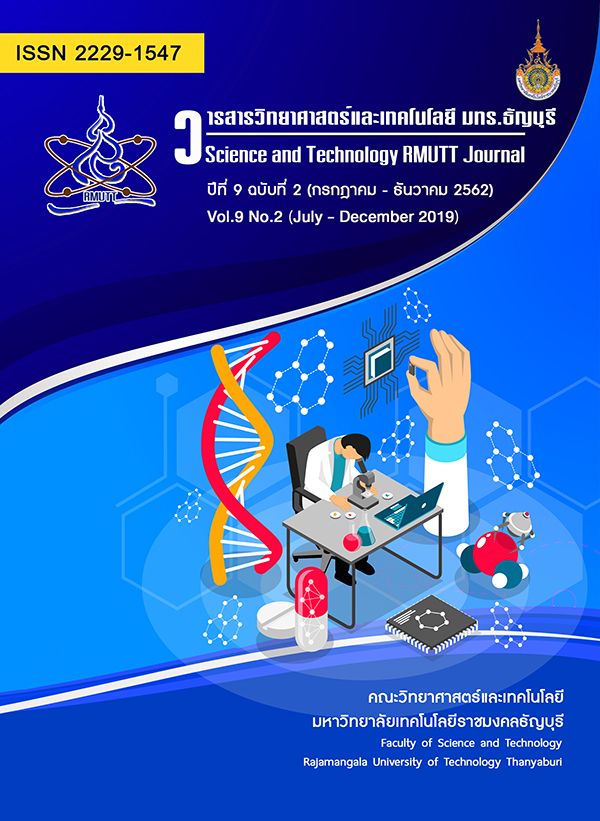Emotion Analysis Design of Students in Classroom using Process Mining
Main Article Content
Abstract
This research emphasizes on emotion analysis of students in a classroom based on the PAM Theory (i.e., Photographic Affect Meter) in terms of 3 different duration types (i.e., before study, during study, and after study). To analyze the data, the Process Mining technique (fuzzy miner algorithm) was used to indicate the changing path of student emotions in the classroom. Accordingly, the current work contains the flowing steps: 1. Design of the event log. 2. Collection of data. 3. Analysis of the data using process mining technique. The results of the research provided valuable insights regarding the change of emotion paths, frequency of each mood and average time of the change and the waiting gaps (i.e., time intervals) between the activities performed during the assigned project. The results and findings of this study can be used to improve the quality of teaching materials in addition to better optimization of the learning and teaching processes.
Article Details
References
J.P. Pollak, Phil Adams, Geri Gay, “PAM: A Photographic Affect Meter for Frequent, In Situ Measurement of Affect”, May 7-12, 2011, Vancouver, BC, Canada, Copyright 2011 ACM.
W. van der Aalst. Process Mining:Discovery, Conformance and Enhancement of Business Processes. Springer-Verlag, Berlin, 2011.
วิเชียร เปรมชัยสวัสดิ์. เหมืองกระบวนการ,วารสารวิศวกรรมศาสตร์ มหาวิทยาลัยสยาม, Vol.16, Issue 1, No.30, 2015, pp.1-10.
Van Der Aalst, W. M., Reijers, H. A., & Song, M. (2005). Discovering social networks from event logs. Computer Supported Cooperative Work (CSCW), 14(6), 549-593.
Fluxicon. https://fluxicon.com/disco
ประจิน พลังสันติกุล และ นุชรี เปรมชัยสวัสดิ์. การวิเคราะห์ภาวะซึมเศร้าด้วยเทคนิคเหมืองกระบวนการ,วารสารวิศวกรรมศาสตร์ มหาวิทยาลัยสยาม, Vol.20, Issue 1, No.38, 2019, pp.60-73.
Data Requirements. http://processminingbook.com/dataext.html
N. Premchaiswadi. The Impact of Information Technology on Society and Business, Engineering Journal of Siam University, Vol.13, Issue 1, No.24, 2012, pp.50-67.
Wang, R., Chen, F., Chen, Z., Li, T., Harari, G., Tignor, S., Zhou, X., Ben-Zeev, D., and Campbell, A. T. Studentlife: Assessing mental health, academic performance andbehavioral trends of college students using smartphones. In Proceedings of the 2014 ACM International Joint Conference on Pervasive and Ubiquitous Computing (NewYork, NY, USA, 2014), UbiComp ’14, ACM, pp. 3-14.
ภูริเดช อาภาสัตย์, นุชรี เปรมชัยสวัสดิ์, วิเชียร เปรมชัยสวัสดิ์. การใช้เหมืองกระบวนการเพื่อค้นพบการทำงานร่วมกันของนักศึกษาในชั้นเรียน. วารสารวิทยาศาสตร์ และเทคโนโลยี มทร.ธัญบุรี Vol 9, No 1 (2019)
เอนก นามขันธ์ และคณะ การวิเคราะห์พฤติกรรมของผู้เรียนในการใช้ e-learning ด้วยเทคนิคการทำเหมืองกระบวนการ ,วารสารวิศวกรรมศาสตร์ มหาวิทยาลัยสยาม, Vol.17, Issue 2, No.33, 2019, pp.74-83.


